Shaker style has a clean look that many people want at home today. It uses simple shapes, smooth surfaces and natural materials. Rooms feel airy and calm. The look began with the Shaker communities in the United States in the late 1700s, a group whose homes and furniture favored simplicity and honest build quality.
1- A short history
The Shakers formed in England around 1747, then moved to America and built villages across the Northeast. Their homes used wood from local forests and they preferred plain shapes without heavy decoration. This way of building made their chairs, tables and storage pieces famous, and the look still guides many designers.
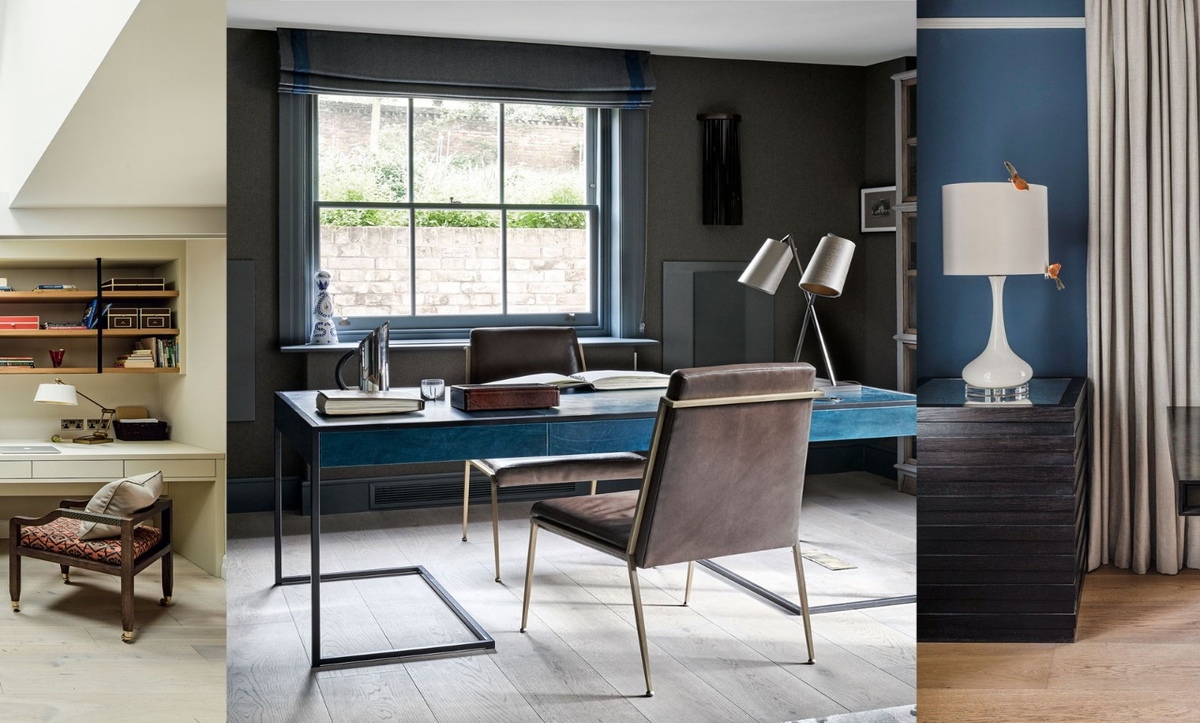
2- Core features you can spot
- Straight lines with flat panels on doors and cabinets
- Solid woods such as maple, cherry, pine or oak
- Tidy storage with cupboards, drawers and peg rails on walls
- Soft colors drawn from historic paints like milk paint blues, reds and pale yellows
- Small wood or simple metal knobs on drawers and doors
These features come from real historical use. Shaker makers preferred clear forms, used local woods and often painted pieces in blue, red, yellow or green.
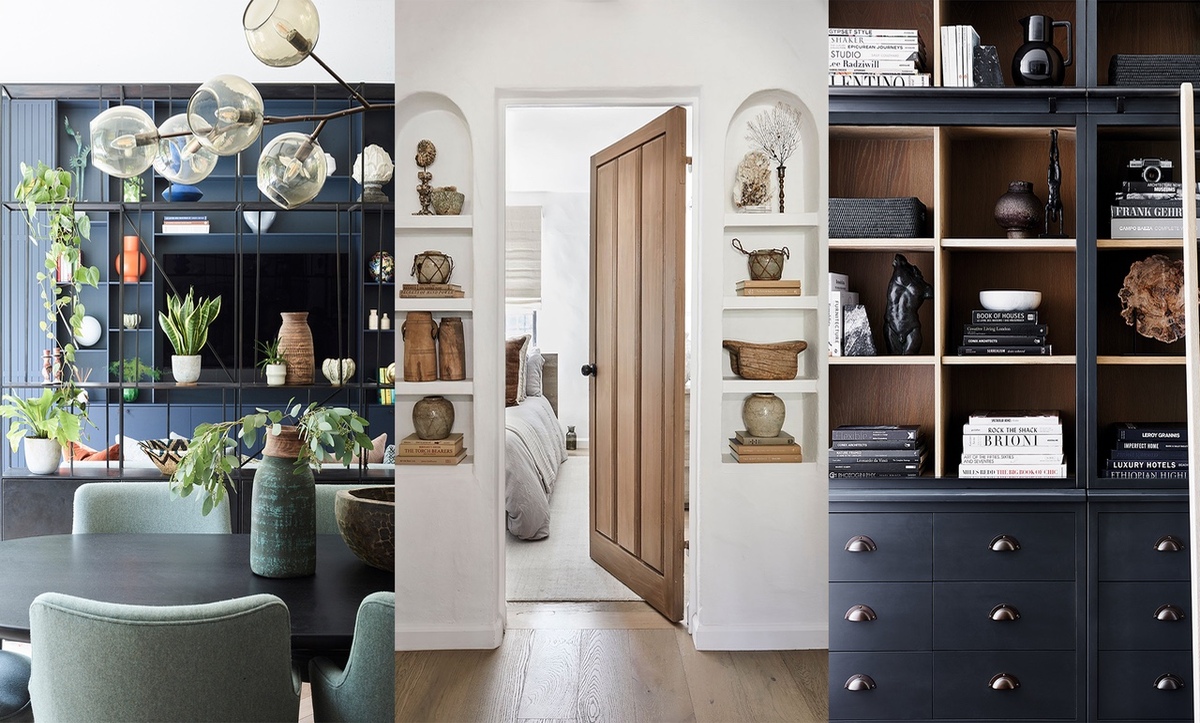
3- Why Shaker works in modern homes
The style mixes well with city apartments and large villas. It supports open layouts, keeps surfaces tidy and uses light to make rooms feel larger. Many current articles highlight how designers still use Shaker ideas, from the famous wall peg rail to simple cabinet doors in new kitchens.
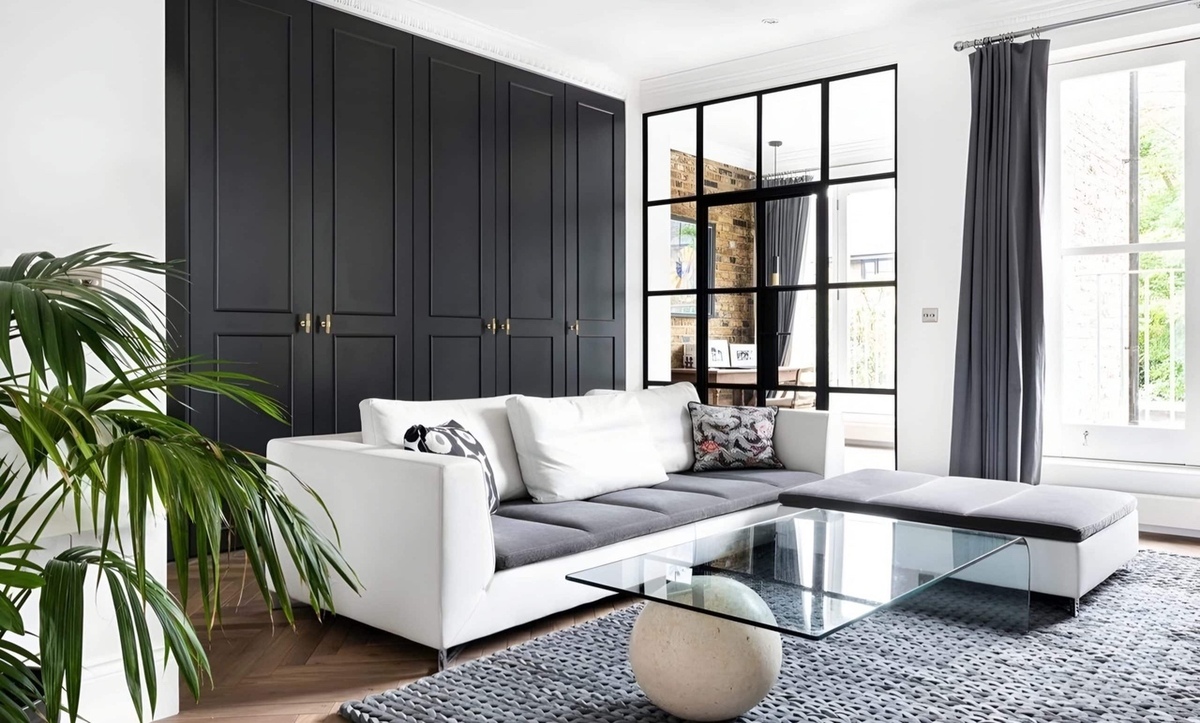
4- Shaker furniture essentials
Shaker furniture is known for light, sturdy chairs, clean tables and well-made storage. Ladder-back chairs with woven seats are classic. Dining tables often have straight legs and plain aprons. Storage pieces use recessed panels and wood knobs. These choices make the room feel calm and easy to use. Museums and historians record these traits across large collections of original pieces.
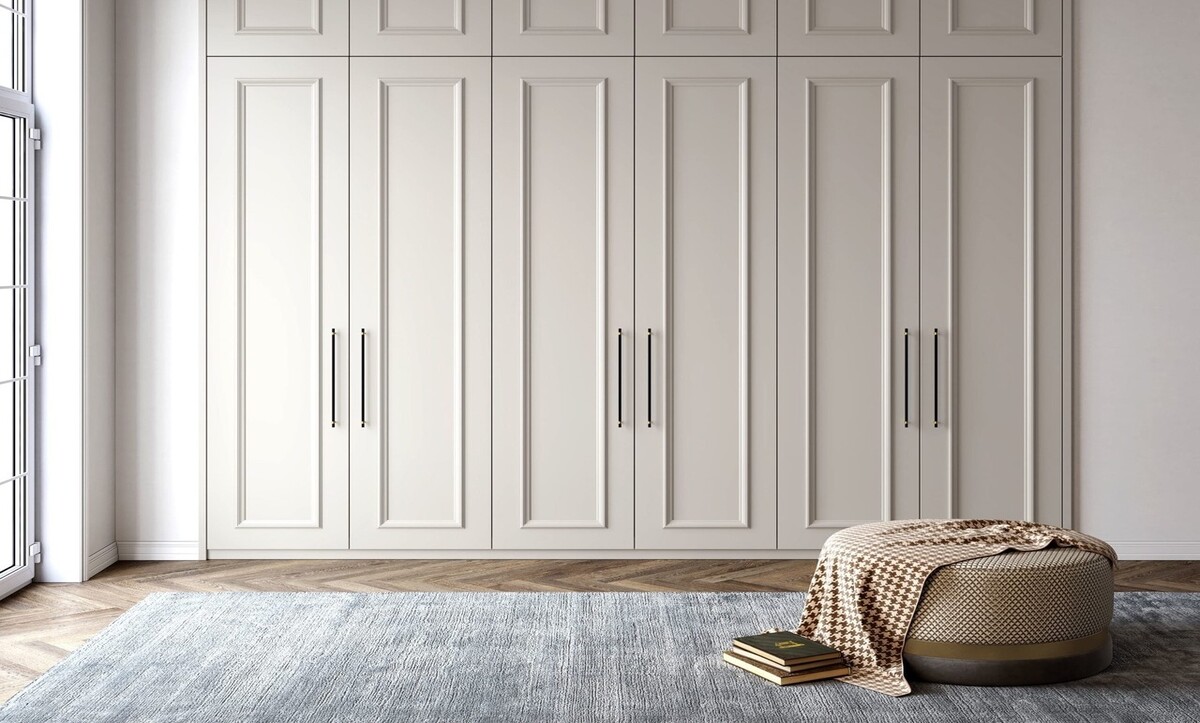
5- Kitchens: the most popular Shaker room
Many homeowners pick Shaker for the kitchen first. The cabinet door is the star: a flat center panel with a simple frame. This door style suits painted or natural wood finishes. It pairs well with marble or quartz counters, simple handles and a clean backsplash. Guides to cabinet construction show how this door differs from slab and raised-panel doors and why it stays popular.
Tips for a strong Shaker kitchen:
- Use framed or frameless boxes with that classic recessed door
- Choose small wood knobs or plain pulls
- Keep wall cabinets light in color to bounce daylight
- Add open shelves for a lighter upper area
- Keep appliances lined up to maintain a clear view
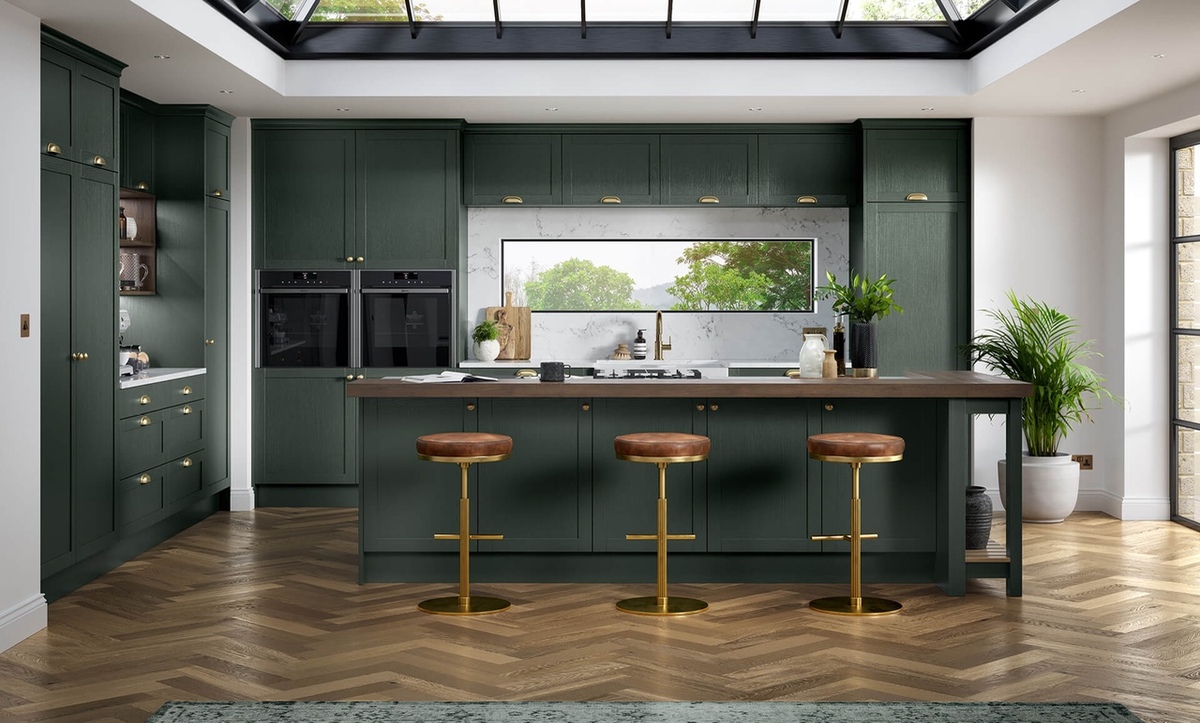
6- The famous peg rail
A simple wooden rail with evenly spaced pegs runs along the wall, often at about six feet. People hung chairs, brooms, brushes, mirrors, textiles and everyday items to keep floors clear. The peg rail still fits mudrooms, bedrooms, kids’ rooms and even bathrooms. Journalists and curators continue to show how useful and versatile this rail is in current projects and exhibits.
7- Color ideas
Original Shaker pieces often carried paint made from natural pigments. You will see blues from Prussian blue, reds and yellows from ochres, plus soft greens created by mixing those pigments. Many makers and paint houses still offer milk paint that echoes village colors preserved in museums. These sources help you match period-correct shades for cabinets, walls and furniture.
Practical palette tips:
- Walls: warm white, light gray, clay or pale blue
- Cabinets: soft green, muted blue, cream or light wood stain
- Metals: iron or brushed brass for quiet contrast
- Textiles: cotton, linen or wool in natural hues
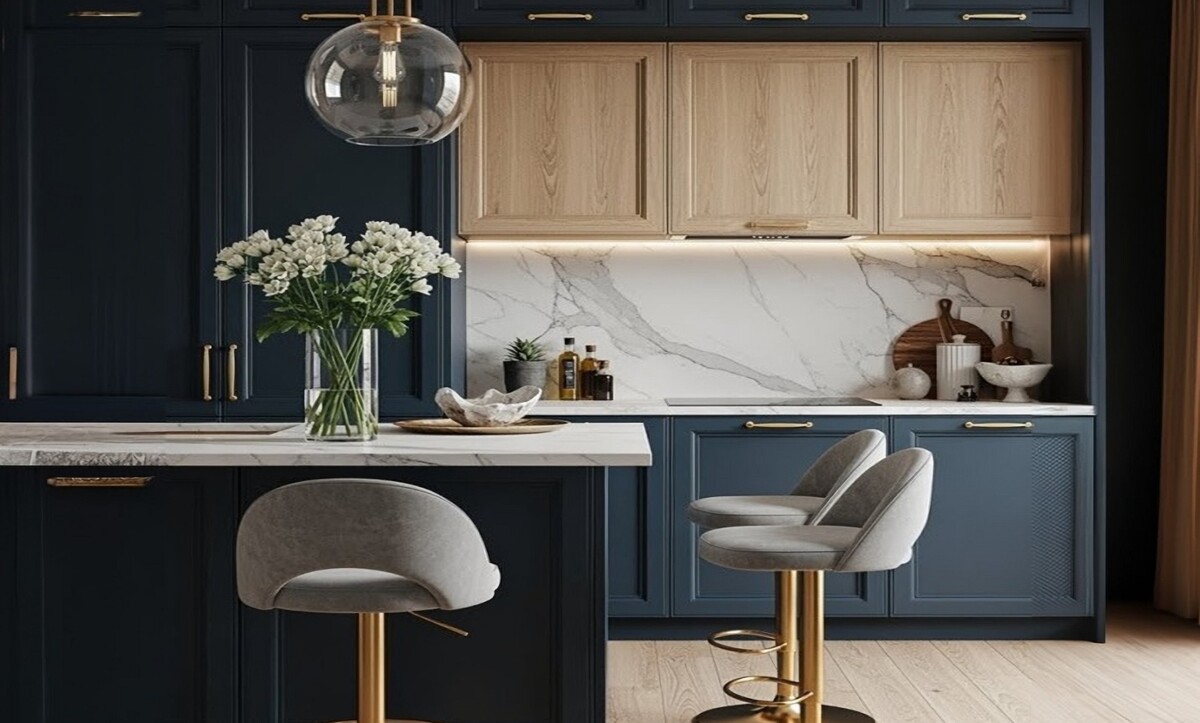
8- Room-by-room guide
Living room
Pick a simple sofa with straight arms. Add a light wood coffee table and a ladder-back side chair. Keep décor focused: one framed print, a woven rug, a small bowl on the table. Use floor lamps with plain shades. This keeps the space easy to move through and easy to clean. Scholars often note how Shaker rooms favored clear walkways and minimal surface clutter.
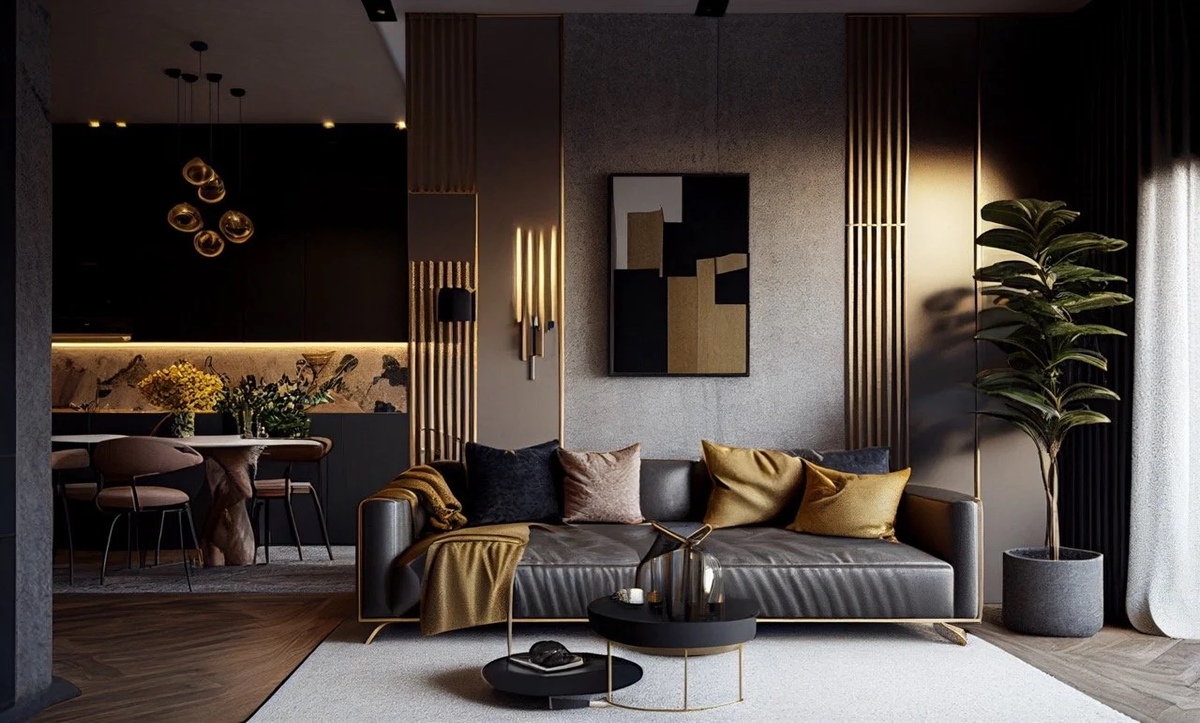
Bedroom
Choose a wood bed frame with a low headboard. Keep nightstands slim. Built-in wardrobes with flat-panel doors save space and keep the room tidy. Add peg rails behind the door for robes or bags. The result is quiet, which helps sleep.

Bathroom
Select a vanity with Shaker doors, a plain mirror and simple sconces. Neutral tile keeps the room bright. A short peg rail above the beadboard can hold towels or a bath brush and keeps counters open. Current coverage shows designers using peg rails in baths and mudrooms with great success.
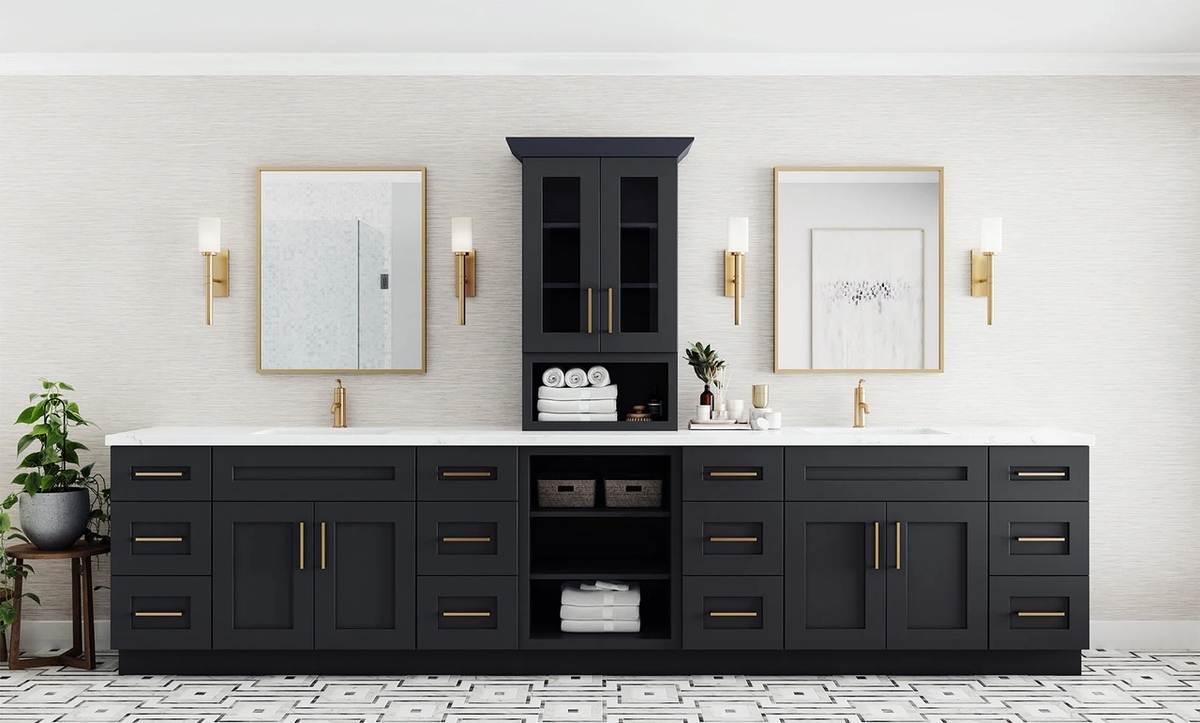
Entry and mudroom
Use a long peg rail with a bench under it. Place baskets on a low shelf for shoes and scarves. A tall cabinet with recessed panels can hide bulk items like sports gear. The aim is quick drop-off and quick clean-up.

9- Materials and finishes
- Woods: maple, oak, cherry and pine appear again and again in historic pieces
- Paints: milk paint and oil paint with the pigments noted above
- Hardware: wood knobs or small iron pulls
- Fabrics: natural fibers that breathe and age well
Museum essays and respected references underline how Shaker makers used local woods and simple finishes, avoiding veneers and heavy ornamentation.
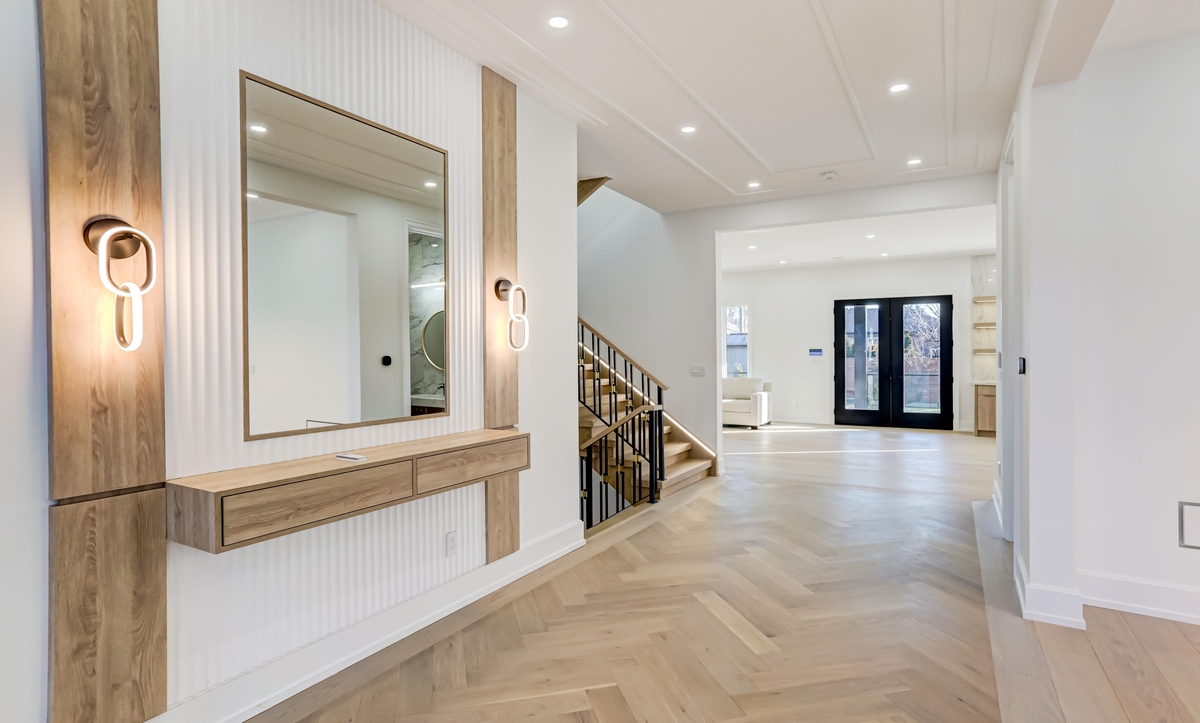
10- Cost and build notes
When comparing door styles, Shaker doors may cost more than very plain slab doors because the recessed center and frame need more joinery. On the other hand, they often cost less than complex raised-panel doors. Current cabinet guides explain these tradeoffs in clear terms.
Installation tips:
- Keep reveals even around doors and drawers
- Align hardware heights across banks of drawers
- Use soft-close hardware to protect faces and frames
- Seal or paint all sides of doors to resist moisture
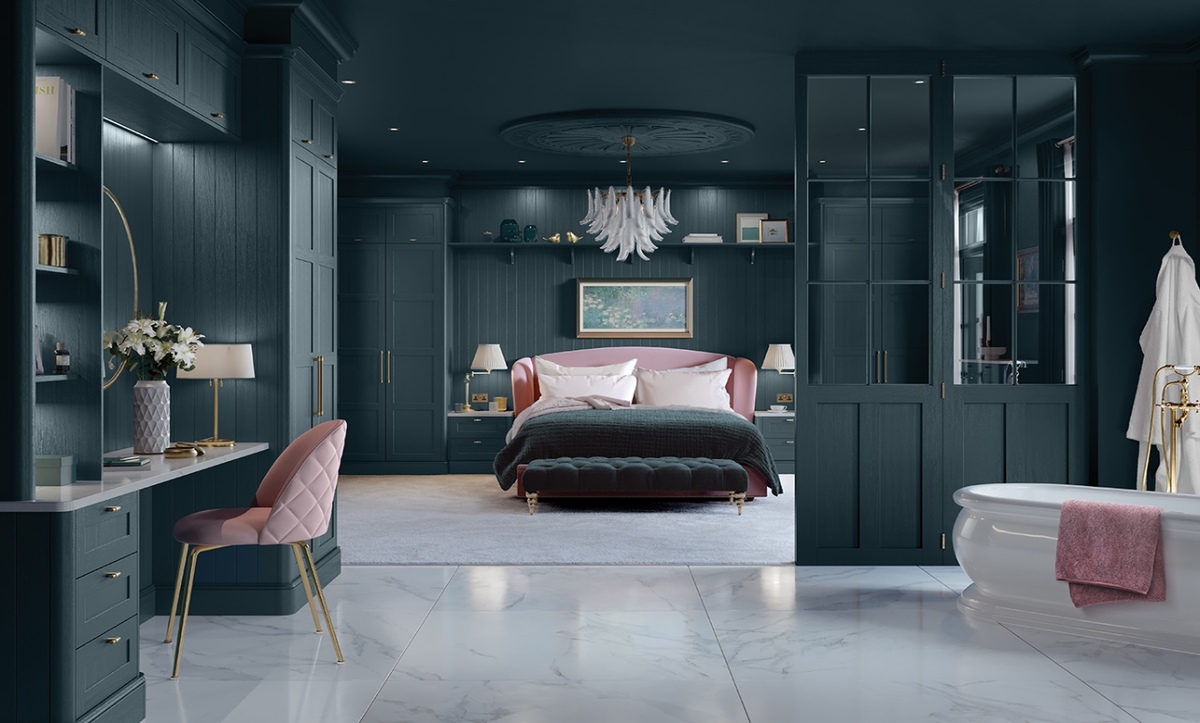
11- How Shaker ideas shaped later design
Writers often point out links between Shaker ideals and later movements like modernism. The focus on clean form influenced well-known designers and artists. This is part of why the look still feels current in 2025.
12- Quick checklist before you buy
- Choose a steady palette with two or three main colors
- Keep lines straight and surfaces smooth
- Pick wood or plain metal hardware
- Add one peg rail where daily items gather
- Limit décor to a few useful pieces
- Keep walkways open for easy cleaning
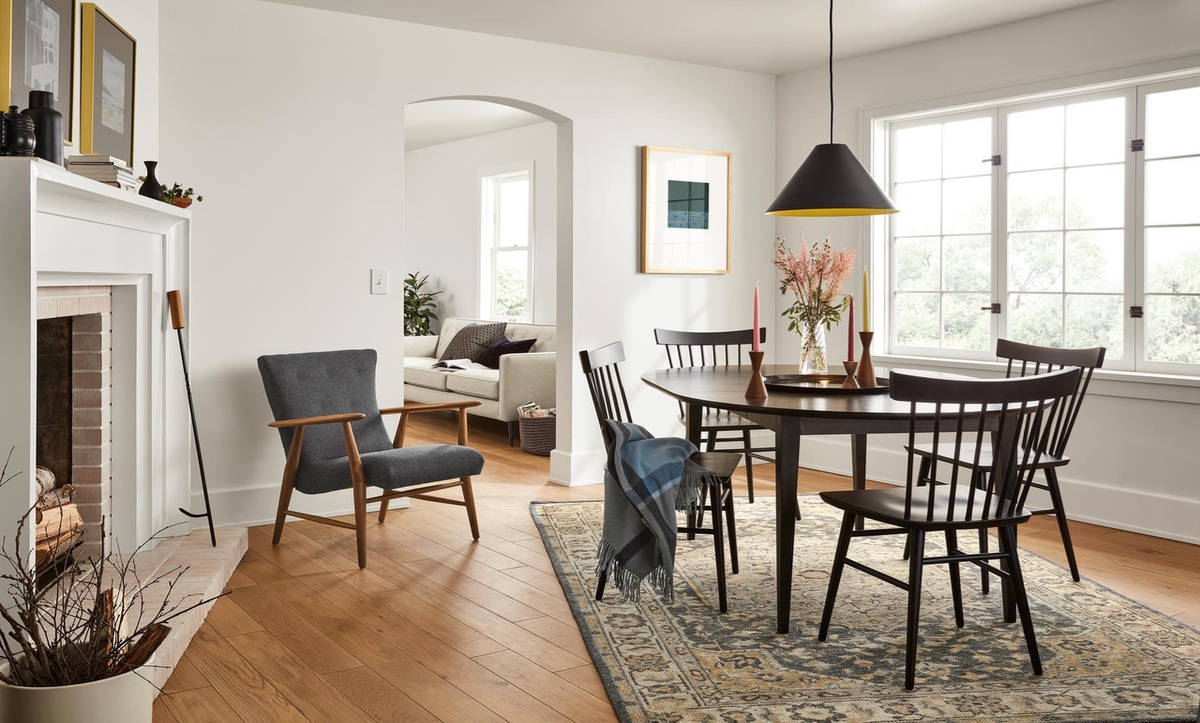
Work with Algedra
Algedra designs Shaker-inspired spaces for villas and apartments across Istanbul, Turkey, UAE and internationally. The team plans clear layouts, selects the right woods and paints, then coordinates lighting and storage so each room works day to day. If you want a calm kitchen, a tidy entry or a full-home plan in this look, we can lead the process from start to finish.
Contact Algedra to start your Shaker project today
Frequently Asked Questions
1) What makes a cabinet door “Shaker”?
A flat center panel inside a simple frame. This door suits paint or clear finishes and keeps the kitchen looking clean. Guides and industry sources describe this as a recessed-panel style.
2) Which woods fit best with this style?
Maple, cherry, pine and oak are common in historic furniture, so they are safe choices today.
3) Did the Shakers really use bright colors?
Yes. Historic pieces show blues from Prussian blue, reds and yellows from ochres, plus greens made by mixing. Milk paint makers and museums document these tones.
4) Is a peg rail still useful today?
Very. It keeps floors clear and helps small spaces stay neat. Recent features show peg rails used in modern apartments, cabins and family homes.
5) Does Shaker style work outside kitchens?
Yes. Use it in living rooms, bedrooms and entries. Keep straight lines, light colors and simple hardware. Museum essays and design coverage support this wide use.